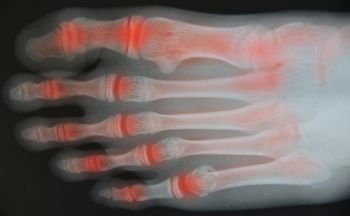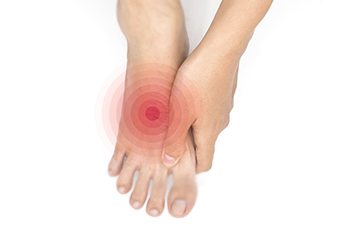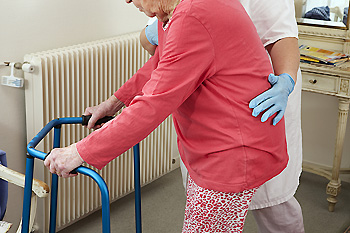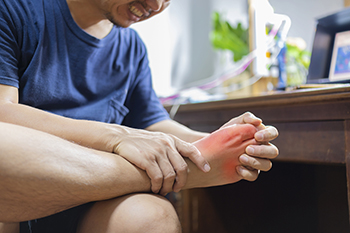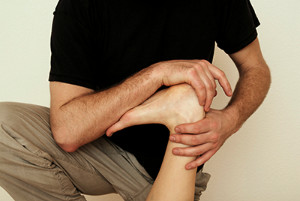
Many individuals may partake in swimming, whether it be a triathlete or a casual swimmer. Before one engages in this activity, however, it may be beneficial to perform certain foot stretches. For example, a swimmer can increase ankle flexibility and mobility by performing several ankle stretches and motions. Specifically, while wrapping a band around the bottom of the foot and holding it with the hands, an individual can flex the ankle against resistance. By repeatedly pointing the toes against this resistance, one can ultimately improve tissue length near the ankle. If you are someone who frequently swims and you want to learn more about ways in which you can stretch the foot, then it is suggested that you are under the care of a podiatrist. This foot specialist can help you answer any questions you might have and provide any treatment you may need.
Stretching the feet is a great way to prevent injuries. If you have any concerns with your feet consult with one of our podiatrists from Lewis Wolstein, DPM, P.C. & Associates. Our doctors will assess your condition and provide you with quality foot and ankle treatment.
Stretching the Feet
Being the backbone of the body, the feet carry your entire weight and can easily become overexerted, causing cramps and pain. As with any body part, stretching your feet can serve many benefits. From increasing flexibility to even providing some pain relief, be sure to give your feet a stretch from time to time. This is especially important for athletes or anyone performing aerobic exercises, but anyone experiencing foot pain or is on their feet constantly should also engage in this practice.
Great ways to stretch your feet:
- Crossing one leg over the others and carefully pull your toes back. Do 10-20 repetitions and repeat the process for each foot
- Face a wall with your arms out and hands flat against the wall. Step back with one foot and keep it flat on the floor while moving the other leg forward. Lean towards the wall until you feel a stretch. Hold for 30 seconds and perform 10 repetitions for each foot
- Be sure not to overextend or push your limbs too hard or you could risk pulling or straining your muscle
Individuals who tend to their feet by regular stretching every day should be able to minimize foot pain and prevent new problems from arising.
If you have any questions, please feel free to contact our office located in Co-Op City, NY . We offer the newest diagnostic and treatment technologies for all your foot care needs.

